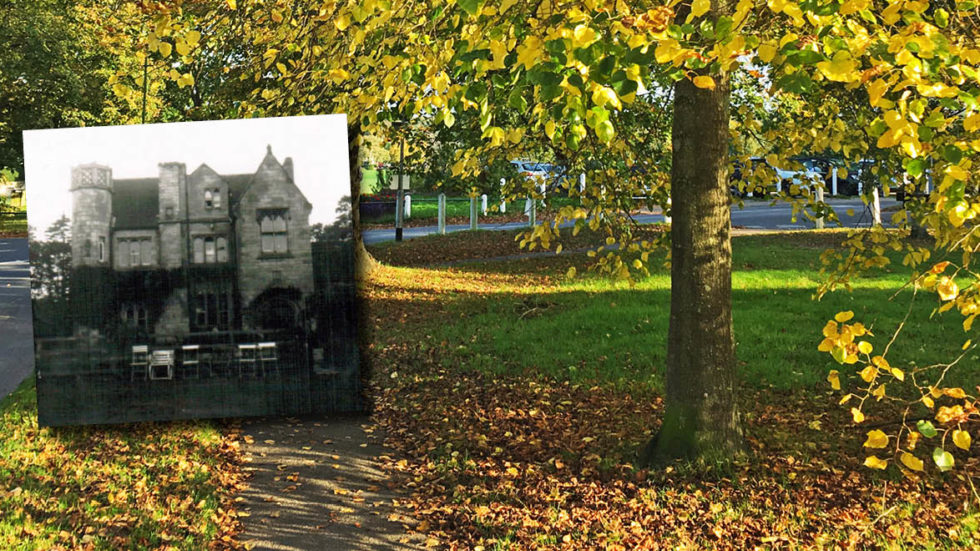Remembering The Welkin

This month, RH History Uncovered remembers the building which once stood in Lindfield, serving the community as a vicarage, a private home which did its bit for the public good through new employment opportunities and then later as a boarding school with accommodation for more than 30 pupils.
During the early 1850s, Rev Francis Sewell planned the building of a rectory house in Lindfield behind the village’s High Street. The site of the house was land purchased from Townlands Farm along with adjoining land which totalled an area of some 20 acres.
The home that Rev Sewell built was a stone Gothic-style house, which featured a turret and spire which was designed by a pre-eminent architect of the time, Joseph Clarke, who was also responsible for St Mary’s parish church, Slaugham, and Gloucester and Bristol Diocesan Training Institution.
Work on the house started with the laying of a foundation stone at a ceremony attended by the Bishop of Chichester. The Sewells moved into the house in October 1857 – it featured Hansor’s Gas, gas produced at a private plant which was then stored on site before being supplied to appliances.
The house was surrounded by formal gardens with a large carriage drive running to the front door from Lindfield’s High Street. An additional entrance to the property ran from the junction of Finches Lane with Hickmans Lane – to this day, pillars remain at both entrances inscribed with The Welkin.
In October 1862, Rev Sewell passed away after a short illness, The Welkin remained in the Sewells’ ownership and had not been conveyed to the parish. The property which featured bed chambers, dressing rooms, drawing room and servant’s offices was auctioned off.
At the turn of the 20th Century, Dowager Countess of Tankerville, daughter of the 6th Duke of Manchester, moved into the property. She was heavily involved in charity and philanthropy – an example was the establishment of laundries to provide work and a home. for the local needy.
While living at The Welkin she built a laundry in Lindfield which was run as a charity by a committee until it was taken over by the Salvation Army. The laundry went on to be a great success, it became a commercial enterprise in 1922 and would remain open for a further 50 years until closing in 1972.
At the start of the Second World War, the property was requisitioned and used by the Army, before in peacetime it was bought by Mr Noel Clark to be used as a boys’ preparatory school. The school opened in September 1948 and could accommodate more than 60 pupils with 30 as boarders.
It remained open for 12 years before closing in 1960, the house and the outbuildings were demolished and the grounds sold. The first phase of a number of phases of development at The Welkin resulted in 120 homes being built during the 1960s, today, more than 170 occupy the site.
By Jacob White



